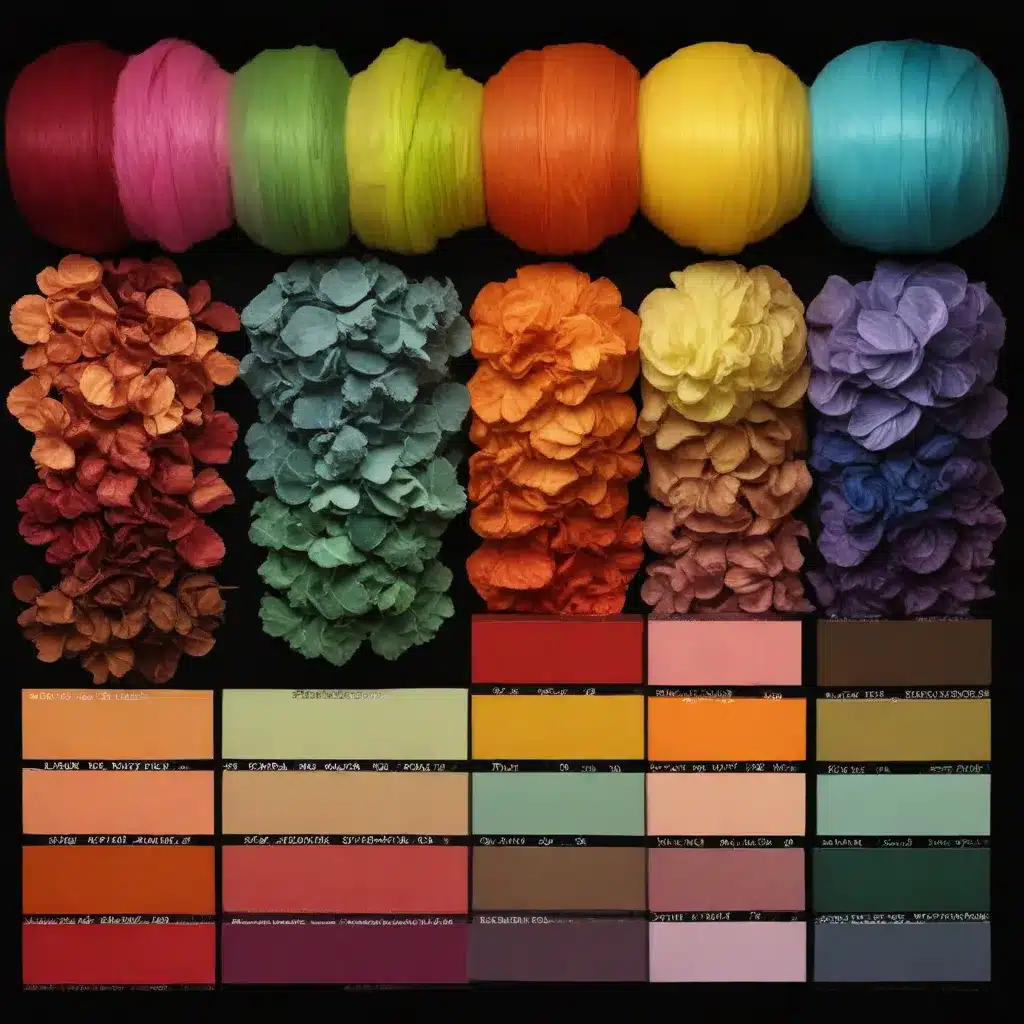
The Power of Color in the Digital Realm
As seasoned IT professionals, we understand that the world of technology is far more than just circuits and code. It’s a canvas where designers and developers weave their magic, crafting digital experiences that captivate and engage users. And at the heart of this digital artistry lies the strategic use of color.
Colors on websites are not merely aesthetic choices; they are powerful tools that can shape user perception, influence emotions, and even drive conversational. In this second installment of our exploration, we’ll dive deeper into the realm of color psychology and uncover why color choices matter beyond just making a website look visually appealing.
The Psychology of Color
Color is more than just a visual stimulus; it’s a language that speaks directly to the human psyche. Each hue carries with it a unique set of emotional associations and cultural connotations that can profoundly impact the way users interact with a website.
Warm colors, such as red, orange, and yellow, are often associated with feelings of excitement, energy, and urgency. These hues can be highly effective in driving impulse purchases or encouraging users to take immediate action, such as clicking on a call-to-action button.
Cool colors, on the other hand, like blue, green, and purple, are linked to emotions of calmness, trust, and stability. These colors are often favored by brands in industries such as finance, healthcare, and technology, where conveying a sense of reliability and trustworthiness is paramount.
Neutral colors, like black, white, and gray, can serve as a foundation, allowing other hues to shine or providing a sense of balance and sophistication.
By understanding the psychological impact of color, web designers and developers can strategically employ these visual cues to create an emotional connection with their audience, guide their decision-making process, and ultimately, drive conversions.
Crafting Cohesive Brand Identities
In the digital realm, a brand’s visual identity is often the first and most lasting impression a user has of a company. Colors play a crucial role in establishing and reinforcing this identity, ensuring a consistent and recognizable presence across all touchpoints.
Consider the iconic Coca-Cola red or the vibrant green of Starbucks. These colors have become intrinsically linked to their respective brands, instantly evoking a sense of familiarity and brand recognition in the minds of consumers.
By maintaining a consistent color palette across a website, social media platforms, and other digital assets, businesses can create a cohesive and visually striking brand identity that resonates with their target audience. This visual consistency helps to build trust, credibility, and brand loyalty, ultimately driving engagement and conversions.
Improving User Experience and Accessibility
Colors can also play a crucial role in enhancing the overall user experience (UX) of a website. Strategic use of color can improve readability, guide the user’s attention, and create a visually harmonious and intuitive interface.
For example, using high-contrast color combinations for text and background elements can significantly improve accessibility for users with visual impairments. Carefully selected colors can also help to differentiate and highlight important elements, such as calls-to-action or navigation menus, making the website more user-friendly and intuitive.
Moreover, the judicious use of color can create a sense of hierarchy and organization, guiding the user’s eye through the content and ensuring a seamless and enjoyable browsing experience. This, in turn, can lead to increased engagement, reduced bounce rates, and ultimately, higher conversion rates.
Adapting to Seasonal and Contextual Trends
In the ever-evolving digital landscape, web designers and developers must be attuned to the changing trends and cultural contexts that influence user preferences and expectations.
Seasonal color palettes, for instance, can be particularly effective in capturing the attention of users and evoking a sense of timeliness or relevance. By aligning their website’s color scheme with the current season or upcoming holidays, businesses can create a sense of freshness and engagement, making their brand feel more in tune with the zeitgeist.
Furthermore, color choices can be tailored to specific geographical regions, demographics, or even individual user preferences. By understanding the cultural and personal associations with certain colors, web teams can craft experiences that resonate more deeply with their target audience, fostering a stronger emotional connection and driving increased engagement.
Continuous Optimization and Testing
The strategic use of color is not a one-time decision; it requires an ongoing process of optimization and testing to ensure that the chosen color palette is effectively achieving the desired goals.
Through techniques such as A/B testing, web teams can experiment with different color schemes, evaluating their impact on key metrics like conversion rates, bounce rates, and user engagement. By analyzing the data and user feedback, they can continuously refine and enhance the website’s color choices, ensuring that the digital experience remains fresh, relevant, and impactful.
Conclusion: Embracing the Power of Color
In the digital realm, color is far more than just a superficial aesthetic choice. It is a powerful tool that can shape user perception, influence emotions, and drive conversions. By understanding the psychology of color and leveraging its strategic application, web designers and developers can create digital experiences that captivate, engage, and ultimately, drive success for their businesses.
As seasoned IT professionals, we encourage you to embrace the power of color and continuously explore its potential in enhancing your digital offerings. By staying attuned to the latest trends, testing your color choices, and putting the user experience at the forefront, you can unlock the true potential of color and elevate your website beyond mere aesthetics.
Remember, the digital landscape is a canvas waiting to be painted with the vibrant hues of your creativity. Embrace the power of color, and let it transform your website into a true masterpiece.












